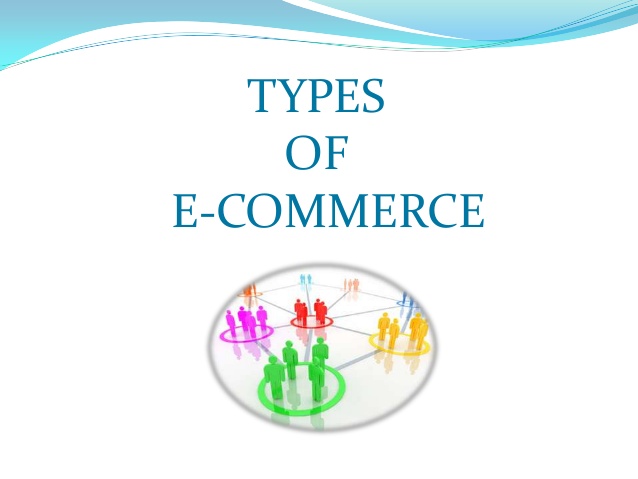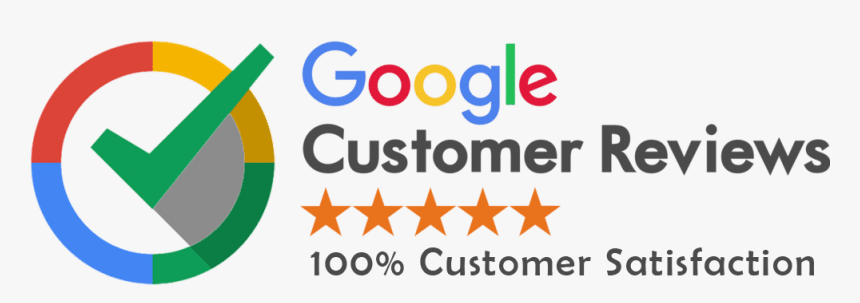E-commerce, short for electronic commerce, refers to the buying and selling of goods or services through electronic channels such as the internet. It has revolutionized how businesses operate by offering unparalleled convenience, global reach, and round-the-clock availability. Over the years, e-commerce has grown significantly and continues to evolve as more companies embrace the digital space to enhance their operations. As boundaries between traditional commerce and e-commerce blur, understanding the types of e-commerce becomes essential for businesses and consumers alike.
We specialize in empowering businesses to thrive in the ECommerce Web Desgin & Development space. With over 12 years of experience and a team of experts, each with a decade of expertise in their field, we ensure our clients stay ahead in the competitive online marketplace. Below, we explore the primary types of e-commerce to help you better understand the opportunities and dynamics of this digital domain.
Business-to-Business (B2B)
Business-to-Business (B2B) e-commerce involves transactions between businesses rather than between businesses and consumers. This model is prevalent among manufacturers, wholesalers, and distributors who sell goods or services to other businesses. Examples include manufacturers supplying raw materials to factories or wholesalers selling products to retailers.
The B2B model is highly efficient, offering several advantages over traditional methods:
- Cost Savings: By conducting transactions electronically, businesses can reduce costs associated with intermediaries and logistics.
- Efficiency: Automated processes ensure faster and more accurate transactions.
- Scalability: Businesses can easily expand their customer base by reaching new markets online.
Business-to-Consumer (B2C)
B2C e-commerce involves businesses selling products or services directly to consumers. This model is the most recognizable form of e-commerce, with examples including online retail giants like Amazon and e-commerce stores powered by platforms like Shopify and WooCommerce. In a B2C setup, customers can browse products, place orders, and make payments seamlessly through an online storefront.
Key features of B2C e-commerce include:
- User-Friendly Interfaces: B2C websites prioritize ease of use and intuitive navigation.
- Personalization: Advanced algorithms recommend products based on user preferences and past behavior.
- Convenience: Consumers can shop from the comfort of their homes, 24/7.
To attract and retain customers in a B2C environment, businesses must focus on search engine optimization (SEO), social media marketing, and responsive web design—areas where RedSpider excels. Our expertise ensures our clients’ e-commerce platforms are not only visually appealing but also optimized for conversions.
Consumer-to-Consumer (C2C)
Consumer-to-Consumer (C2C) e-commerce facilitates transactions between individual consumers. Platforms like eBay, Craigslist, and Facebook Marketplace enable people to sell items or services directly to others. This model often relies on a third-party platform to mediate transactions, providing features such as payment processing and dispute resolution.
Advantages of C2C e-commerce include:
- Affordability: Buyers often find competitive prices as sellers aim to offload surplus goods.
- Diversity: A wide range of unique or second-hand products is available.
- Ease of Use: Platforms are designed for quick listing and purchasing.
RedSpider’s team can assist aspiring entrepreneurs in creating innovative C2C platforms by leveraging modern technology and robust security measures to build trust and drive engagement.
Consumer-to-Business (C2B)
The Consumer-to-Business (C2B) model is a reverse of the traditional B2C structure. In this setup, individuals offer goods or services to businesses. Examples include freelance professionals providing design, writing, or marketing services through platforms like Upwork, Fiverr, and 99designs.
Key factors driving C2B e-commerce include:
- Technological Accessibility: Affordable tools and platforms enable individuals to compete with established firms.
- Flexibility: Consumers can negotiate pricing and customize offerings to meet specific business needs.
- Empowerment: The internet allows individuals to showcase their skills and reach global clients.
RedSpider understands the nuances of the C2B model and offers customized solutions for freelancers and businesses alike to foster seamless collaboration and maximize profitability.
Business-to-Government (B2G)
Business-to-Government (B2G), also known as Business-to-Administration (B2A), involves businesses providing goods or services to government entities. Examples include companies bidding for public sector projects, such as infrastructure development or IT solutions.
Characteristics of B2G e-commerce include:
- Transparency: Government platforms ensure fair competition through standardized bidding processes.
- Large Contracts: Businesses can secure lucrative deals by catering to public sector requirements.
- Specialization: Companies must meet specific standards and regulations to qualify for government contracts.
RedSpider’s expertise in web development ensures businesses can effectively present their capabilities to government entities through professional, compliance-focused platforms.
Consumer-to-Government (C2G)
Consumer-to-Government (C2G) e-commerce, also called Consumer-to-Administration (C2A), involves individuals interacting with government entities online. Examples include:
- Paying taxes through online portals.
- Scheduling appointments for government services.
- Submitting forms or applications electronically.
This model enhances convenience and reduces administrative burdens for both citizens and government bodies. By promoting streamlined digital experiences, RedSpider contributes to modernizing C2G platforms for improved public accessibility.
Business-to-Business-to-Consumer (B2B2C)
Business-to-Business-to-Consumer (B2B2C) is a hybrid model that connects businesses, intermediaries, and consumers. For instance, a manufacturer might sell products to an online retailer, who then markets and sells them to end consumers.
Benefits of B2B2C include:
- Extended Reach: Manufacturers can access consumer markets without building their own retail infrastructure.
- Specialization: Each party focuses on its strengths, such as production or customer engagement.
- Enhanced Customer Experiences: Intermediaries tailor offerings to meet consumer needs.
RedSpider specializes in creating B2B2C platforms that optimize collaboration between stakeholders, ensuring seamless integration and robust user interfaces.
Conclusion
E-commerce offers diverse opportunities for businesses and consumers to engage in efficient and innovative transactions. By understanding the various e-commerce models—B2B, B2C, C2C, C2B, B2G, C2G, and B2B2C—companies can strategically position themselves to capitalize on this ever-expanding market.





